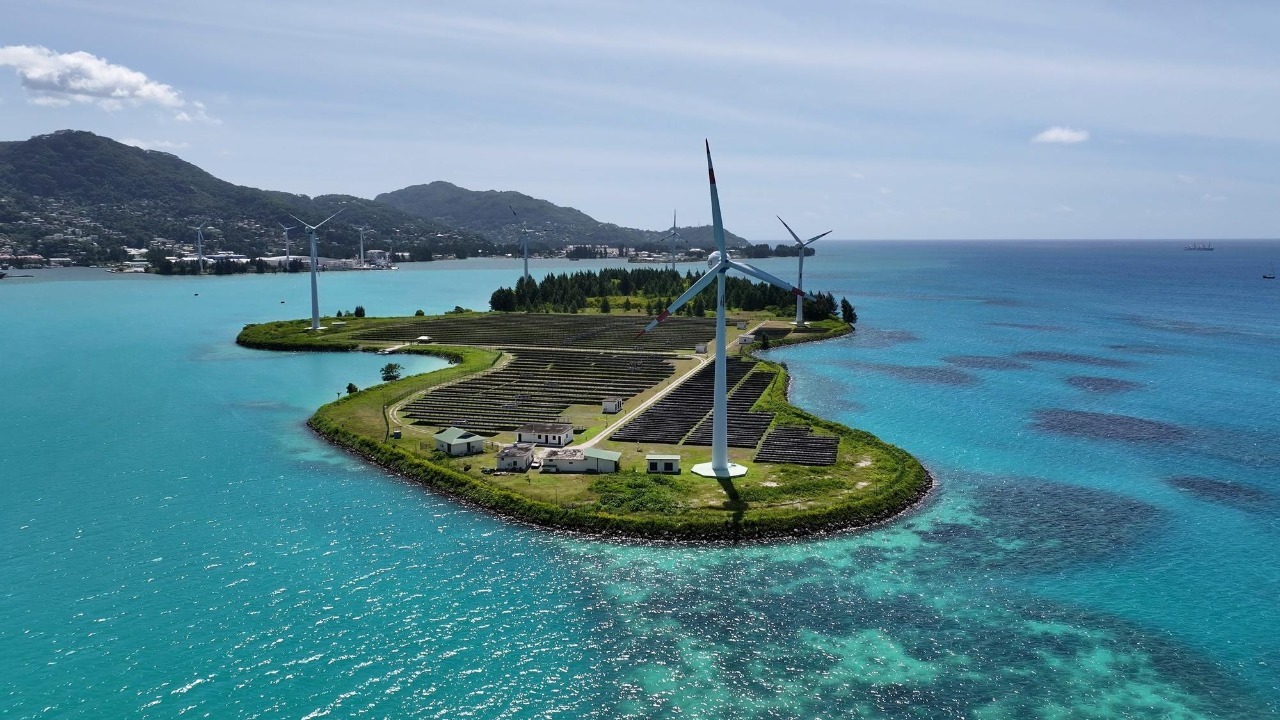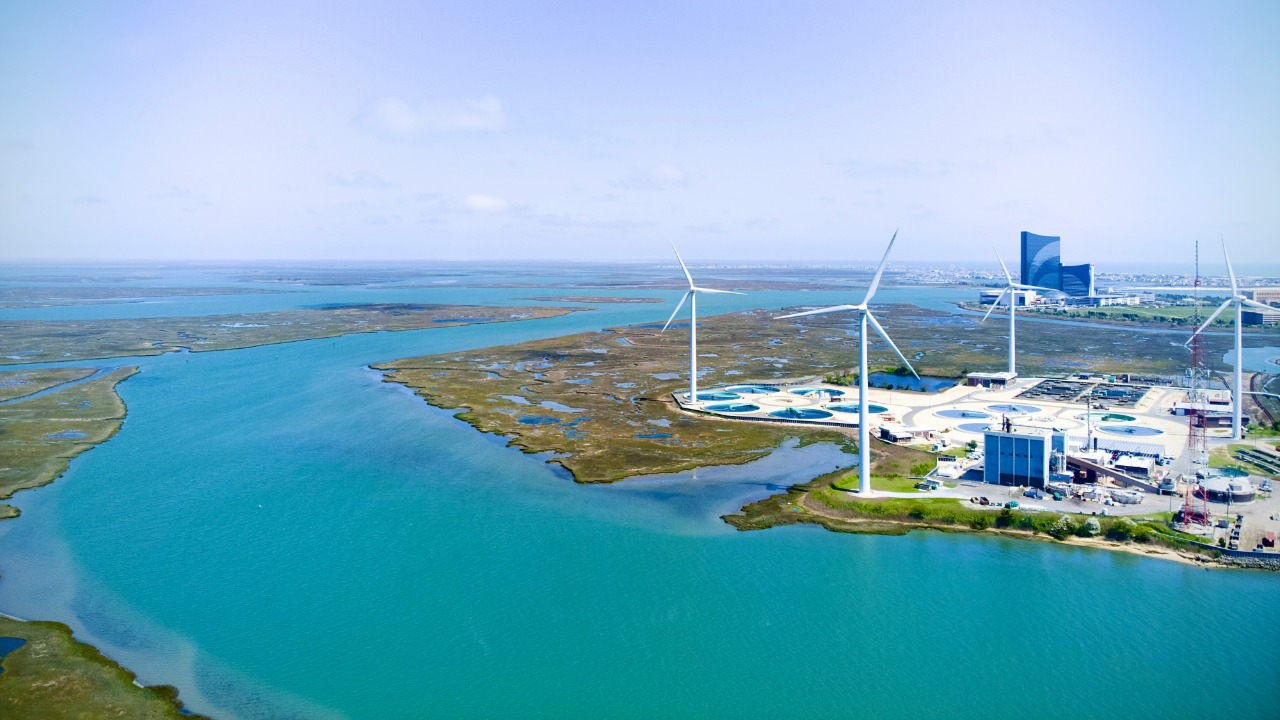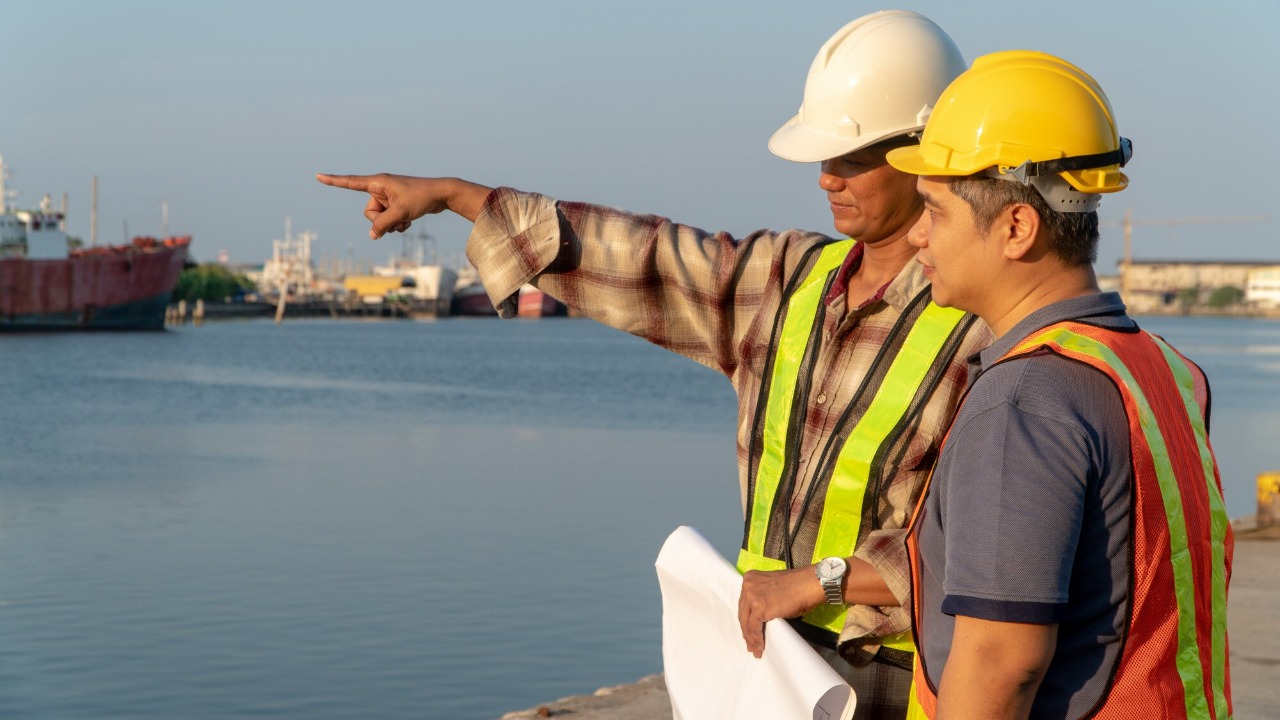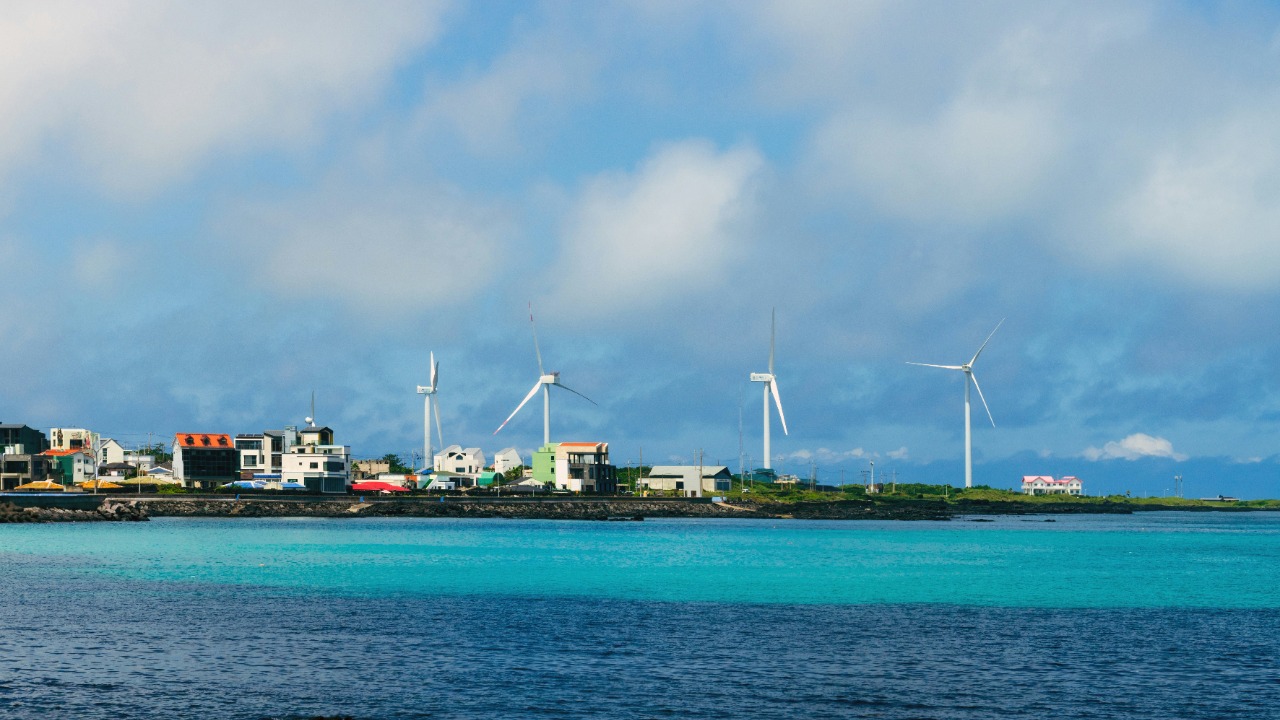
Denmark is at the forefront of renewable energy innovation with its ambitious plan to construct the world’s first artificial energy island in the North Sea. This groundbreaking project is poised to revolutionize how countries harness and distribute renewable energy, setting a precedent for sustainable development on an international scale.
Vision and Goals of the Energy Island Project

Denmark’s energy island project is a testament to its commitment to achieving carbon neutrality by 2050. The country has set strategic goals to use this project as a focal point for renewable energy generation. By harnessing the power of offshore wind, Denmark aims to produce sustainable energy that not only meets domestic demand but is also exportable to neighboring countries. The island will initially have the capacity to produce 3 gigawatts (GW) of energy, with plans to expand to 10 GW, serving as a cornerstone in Denmark’s climate strategy. This aligns with Denmark’s broader objective to reduce greenhouse gas emissions and promote sustainable practices across the globe.
The long-term benefits of this project are multifaceted. Environmentally, the project is expected to significantly reduce carbon emissions by shifting energy reliance away from fossil fuels. Economically, the energy island is projected to stimulate growth by creating jobs and fostering innovation within the renewable energy sector. Socially, the project sets a powerful example of how nations can collaborate toward a common goal of sustainability. Denmark’s leadership in renewable energy is not just about technology—it’s about setting a new standard for international cooperation and environmental stewardship.
Technical Aspects and Design

The energy island’s structural design is a marvel of modern engineering. The island will consist of a series of modular platforms capable of withstanding harsh North Sea conditions. These platforms will host offshore wind turbines, which will be among the largest in the world, optimized for efficiency and durability. The integration of cutting-edge technology, such as smart grid systems and advanced storage solutions, ensures that the energy generated is efficiently distributed across Denmark and beyond. Engineers are also exploring the potential of integrating solar panels and other renewable energy sources to maximize output.
Integrating this massive project with Denmark’s existing energy infrastructure is another crucial aspect. The energy island will connect to the mainland through high-capacity underwater cables, allowing seamless integration with the national grid. This connection will facilitate the export of surplus energy to other European countries, thereby strengthening Denmark’s role in regional energy security. However, the construction of the island poses significant technical challenges, including the need for robust materials and innovative design solutions to ensure stability and longevity. Engineers and scientists are actively working on these challenges, employing advanced modeling techniques and materials science to develop viable solutions.
Economic and Environmental Impact

The financial aspects of the energy island project are as ambitious as its technical components. With an estimated cost of around €28 billion, funding will come from a combination of public and private investments. The Danish government is actively seeking partnerships with international investors and energy companies to share the financial burden and benefits of the project. This collaborative approach not only spreads the risk but also aligns with Denmark’s vision of creating a global network of stakeholders committed to sustainable energy.
Job creation is another significant benefit of the energy island project. The construction and maintenance phases are expected to create thousands of jobs, not only in Denmark but across the supply chain in Europe. This economic stimulation extends beyond job creation, as local businesses and industries will benefit from increased activity and investment. From an environmental perspective, measures are being taken to minimize the project’s impact on marine ecosystems. Environmental assessments have been conducted to ensure that the construction and operation of the island do not adversely affect local wildlife. Additionally, the project includes plans for artificial reefs and marine conservation areas to promote biodiversity.
International Collaboration and Implications

Denmark’s energy island project is inherently international in scope, involving partnerships with other countries and global energy leaders. These collaborations are crucial for sharing knowledge, technology, and resources. For instance, Denmark has engaged with partners like Germany and the Netherlands to explore opportunities for energy trade and grid interconnections. Such alliances are not only beneficial for the countries involved but also set a precedent for future international energy projects. The successful implementation of the energy island could inspire other nations to develop similar projects, contributing to a global network of renewable energy sources.
The potential for replication is significant, as other countries look to Denmark as a model for sustainable energy innovation. Nations with suitable geographic and climatic conditions could adopt similar strategies to harness offshore wind energy. However, policy and regulatory challenges must be addressed to facilitate such expansions. International regulations regarding maritime construction, energy trade, and environmental protection must be navigated carefully. By addressing these challenges, Denmark is paving the way for a new era of policy frameworks that support sustainable energy projects on a global scale.
Future Prospects and Innovations

The concept of energy islands is not limited to Denmark’s current project; it holds promise for future expansions and scalability. The modular design allows for incremental growth, enabling the island to expand its capacity as technology and demand evolve. This flexibility is crucial for adapting to future energy needs and integrating emerging technologies. Moreover, the project could catalyze innovations in renewable energy, encouraging further research and development in areas like energy storage and grid management.
Denmark’s energy island is poised to play a pivotal role in the global energy transition. As the world moves toward cleaner energy solutions, projects like Denmark’s will be instrumental in demonstrating the feasibility and benefits of large-scale renewable energy infrastructure. By setting a high standard for innovation and sustainability, Denmark is not only contributing to its own energy security but also influencing global energy policies and practices. The energy island represents a bold step forward in the quest for sustainable energy, offering valuable insights and inspiration for the international community.